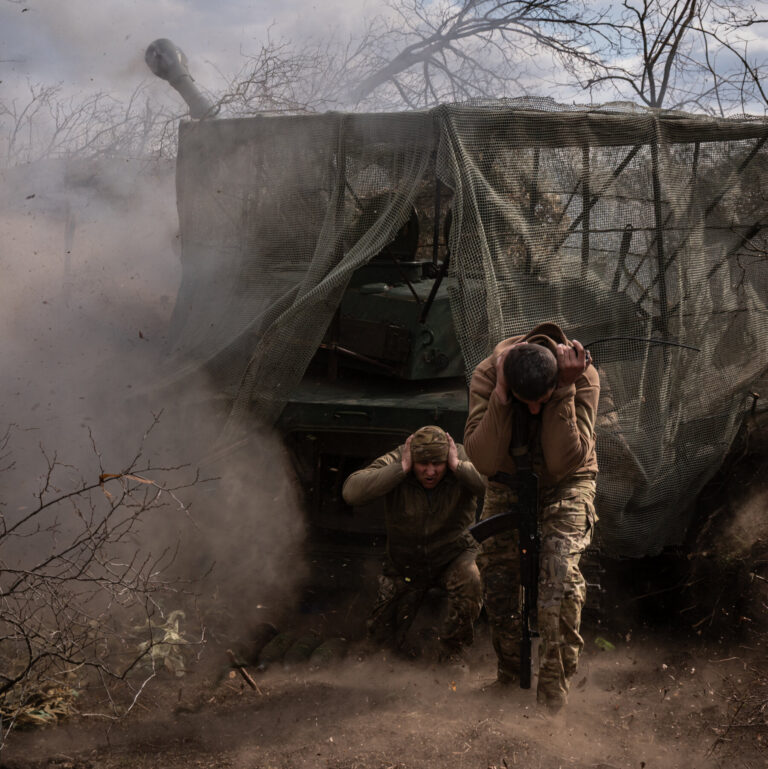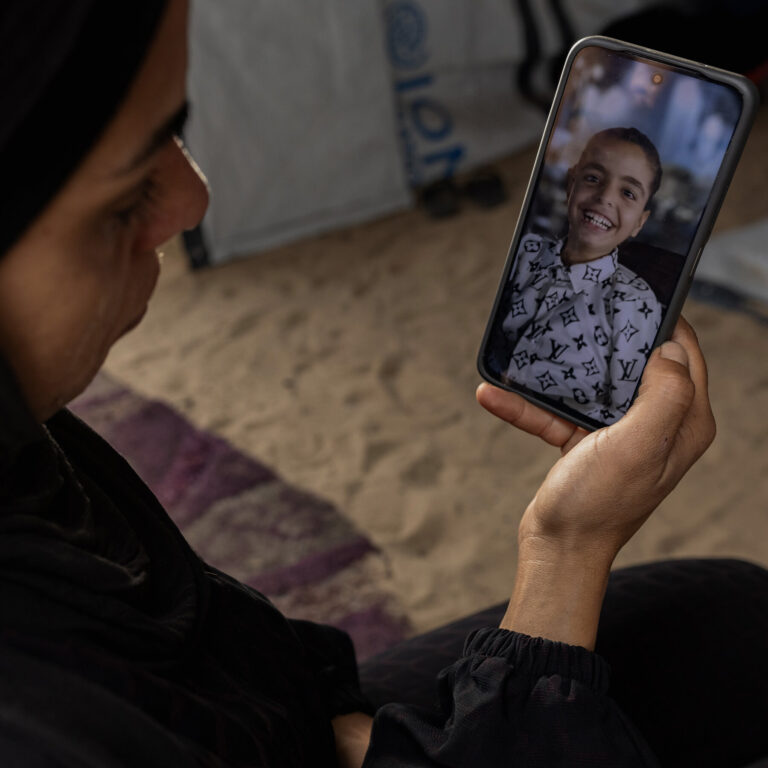The lobby of the Galilee Medical Center in northern Israel is mostly empty and silent. The roar of warplanes and intermittent thunder of artillery replaced the sounds of doctors, orderlies and patients at this major hospital near the Lebanese border.
Almost all hospital staff and patients went into hiding.
To reach the hospital's nerve center these days requires navigating 15-foot-high concrete barricades and multiple armored doors, then descending several floors into a labyrinthine underground complex.
That's where thousands of patients and hospital workers have been for the past six months as attacks have intensified between Israeli forces and Hezbollah, the powerful Iranian-backed militia in Lebanon, just six miles to the north.
The underground operation at the Galilee Medical Center in Nahariya is one of the most striking examples of how life in northern Israel has been disrupted since Hezbollah began launching almost daily attacks against the Israeli army in October, in solidarity with Hamas, the Iranian-backed group that led the attack on southern Israel that month.
The fire across the border has prompted tens of thousands of Israelis to evacuate cities, villages and schools and forced factories and businesses to close. On the Lebanese side of the border, tens of thousands more have abandoned their homes.
The hospital had been preparing for such a scenario for years, given its proximity to one of the region's most unstable borders.
“We knew this moment was coming, we just didn't know when,” said Dr. Masad Barhoum, the hospital's director general, in an interview last week.
Hours after the Hamas-led attack on October 7, staff members at the Galilee Medical Center feared that Hezbollah might stage a similar attack. Even before the government issued evacuation orders, hospital leaders decided to move most of the sprawling complex to a backup underground annex. They reduced the hospital's capacity from 775 beds to 30% in case it suddenly needed to accommodate waves of new trauma patients.
“It is our duty to protect the people here,” Dr. Barhoum said. “This is what I have been preparing my whole life.”
The hospital's massive internal medicine department is now empty, its wide, neon-lit corridors shrouded in silence. In the department's current location below ground, the hum of hospital machinery mixes with the beeps of golf carts carrying supplies through narrow tunnels that open into the hospital parking lot, offering the only hint of sunlight.
Patients lie in beds separated by movable curtains in a maze of corridors. Visitors sit on plastic chairs in a makeshift waiting room, as the space is too crowded for everyone to have a bedside visit. Pipes and cables running across the ceiling give the space the feel of an engine room.
In the neonatal intensive care unit, new parents in protective gowns huddle to bottle-feed their baby in a dimly lit room. Doctors perform a procedure on another little patient a few meters away.
The neonatal unit was the first to move underground on Oct. 7, said Dr. Vered Fleisher Sheffer, director of the unit.
“Even though everyone feels safer here,” he said, “it's a challenge because we are human beings and now we have to stay underground.”
His unit also went underground in 2006, during Israel's last all-out war against Hezbollah: Dr. Fleisher Sheffer remembers going to the hospital along barren streets as air-raid sirens sounded. One day a rocket hit the ophthalmology department, but patients had already been moved, hospital officials said.
That war lasted just over a month and in the following years the threat from Hezbollah was less felt. October 7th changed that.
The day before New York Times reporters visited the hospital, a Hezbollah attack hit a nearby Bedouin village, wounding 17 soldiers and two civilians. The wounded were taken to the hospital's intensive care unit, where one of the soldiers died on Sunday.
“These are our neighbors,” said Dr. Fleisher Sheffer, referring to Hezbollah militants. “It's not like they're going anywhere, and neither are we.”





